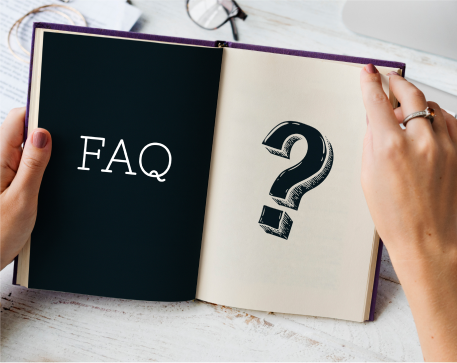Ready to learn?
Take the first step toward achieving your educational goals. Whether you’re preparing for exams or expanding your knowledge, getting started is just a click away. Join us today and unlock your full potential
832, utkarsh bhawan, near mandap restaurant, 9th chopasani road, jodhpur rajasthan - 342003
support@utkarsh.com
+91-9829213213
Support
Learning Resources
Rajasthan Govt Exams
Central Govt Exams
Civil Services Exams
Nursing Exams
School Tuitions
Other State Govt Exams
Agriculture Exams
College Entrance Exams
Miscellaneous Exams

© 2025 Utkarsh Classes & Edutech Pvt. Ltd. All Rights Reserved

Utkarsh Classes
Updated: 12 Oct 2023
4 Min Read

The Baiga tribe, a particularly vulnerable tribal group (PVTG) in Chhattisgarh, has been granted habitat rights under the Forest Rights Act 2006, exactly a month after the Kamar tribe, another PVTG, was given the same rights on World Tribal Day.
Every year 9 August is observed as the International Day of Indigenous People or World Tribal Day. Indigenous people are also popularly called as tribal people. The day is observed to raise awareness about the contribution of the Indigenous people and protect their rights.
The theme for International Day Of World's Indigenous People 2023 was 'Indigenous Youth as Agents of Change for Self-determination'.
The term habitat is defined under Section 2(h) of the Forest Rights Act as the areas traditionally inhabited by PVTGs and pre-agricultural communities, including their customary habitat and other habitats with community rights in reserved, protected, and other types of forests.
Chhattisgarh state has identified and listed seven groups under the Particularly Vulnerable Tribal Group (PVTG) category.
The Baiga community primarily resides in Rajnandgaon, Kawardha, Mungeli, Gaurela-Pendra-Marwahi (GPM), Manendragarh-Bharatpur-Chirmiri, Bilaspur districts, as well as adjacent districts of Madhya Pradesh.
In 1973, the Dhebar Commission established Primitive Tribal Groups (PTGs) as a distinct category within the tribal groups. These PTGs were considered less developed than other tribal groups.
The Government of India later renamed PTGs as Particularly Vulnerable Tribal Groups (PVTGs) in 2006.
PVTGs share some basic characteristics, such as being mostly homogeneous with a small population. They are also often physically isolated, with social institutions cast in a simple mold, lack a written language, have relatively simple technology, and a slower rate of change.
The Indian government created a separate category called PVTGs in 1975 to identify the most vulnerable tribal groups.
Initially, 52 groups were declared, and in 1993 an additional 23 groups were added. This made a total of 75 PVTGs out of 705 Scheduled Tribes, spread over 17 states and one Union Territory, according to the 2011 census.
Top Posts
Frequently asked questions

Still have questions?
Can't find the answer you're looking for? Please contact our friendly team.
Visit an Offline Centre Near to You.

Download Current Affairs PDF Free
Stay updated with Daily & Monthly PDFs + Kumar Sir Classes